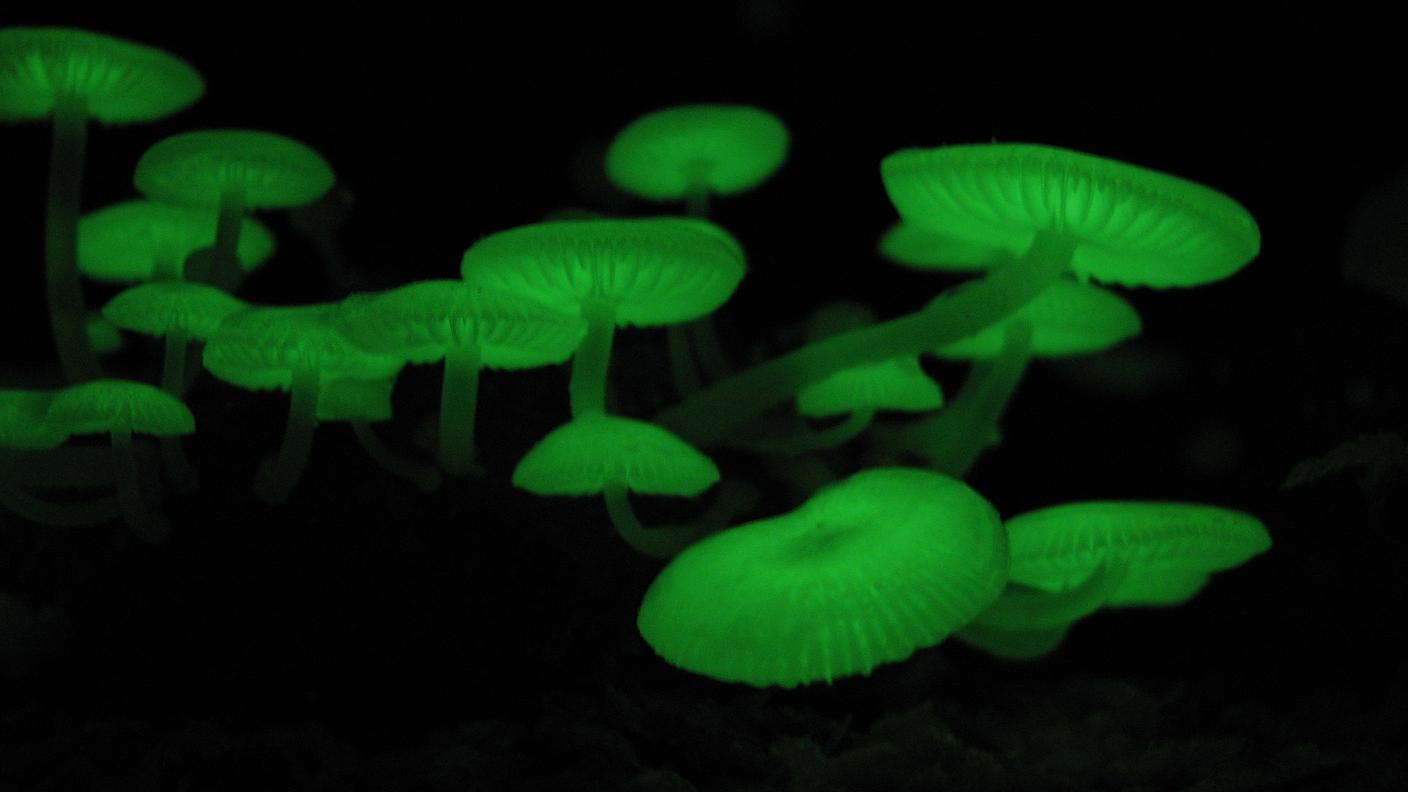Classification
Domain Eukarya: The
Mycena citricolor has a nucleus and other organelles so it
is in the domain Eukarya.
Kingdom
Fungi:
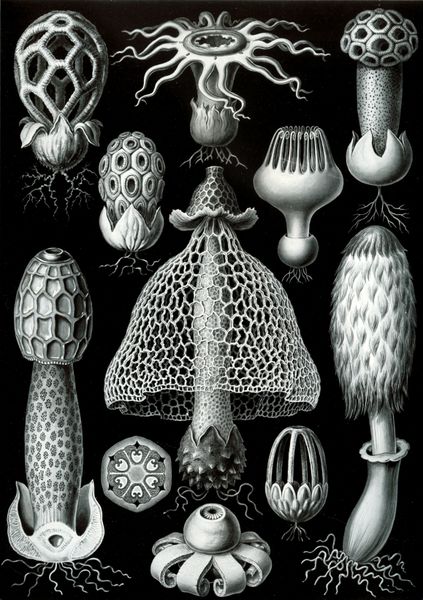 Phylum
Basidiomycota: Basidiomycetes have dikayrotic hyphae which means
they have a haploid nucleus from both parents.
Mycena
citricolor have dikayrotic hyphae and are therefore
placed in this phyla (EOL 2013).
Phylum
Basidiomycota: Basidiomycetes have dikayrotic hyphae which means
they have a haploid nucleus from both parents.
Mycena
citricolor have dikayrotic hyphae and are therefore
placed in this phyla (EOL 2013).
Class
Agaricomycota: The
Agaricomycotina are the fungi are the mushroom forming fungi.
The Mycena
citricolor forms mushrooms and is therefore is placed in
this class (EOL 2013).
Order
Agaricales:
This order holds all of the parasitic
fungi. The
Mycena citricolor
is a parasitic fungus which is why it is placed the order
Agaricales. These fungi are also all gilled mushroooms.
(EOL 2013). Another example of an agaricales is the
Pleurotus
streatus,
or the "Pearl Oyster Mushroom".
This is an edible gilled mushroom that is commonly found on
decaying trees and plants.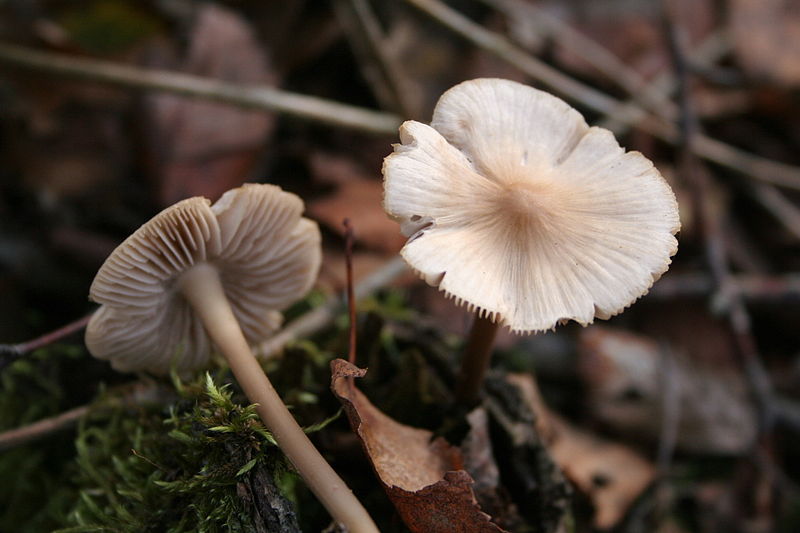
Family Mycenaceae: The Mycenaceae fungi are saporbic fungi. The Mycena citricolor is a saporbic fungus which is why it is in this family (EOL 2013).
Genus Mycena: The Mycena fungi have are only a few centimeters in width and have a small bell shaped cap. The Mycena citricolor is very small and has this small bell shaped cap which is why it is in this genus (EOL 2013).
Species Mycena citricolor: The
Mycena citricolor
is the parasite that is responsible for the lesions and
premature leaf abscission on the coffee plants (Rodrigues,
C.J., Arney, Dean).
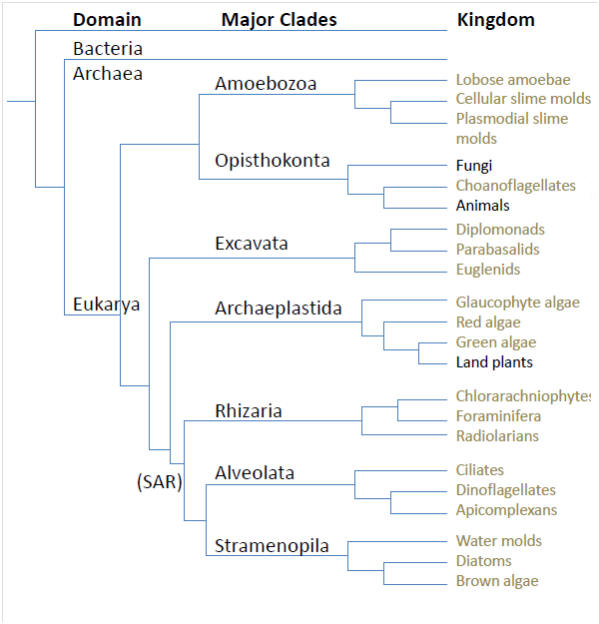
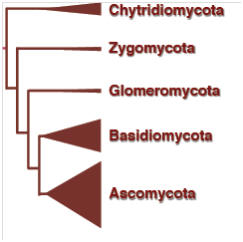
Now that you know how the Mycena citricolor is classified, check out the Form and Function of this fungus or head back to the home page.
